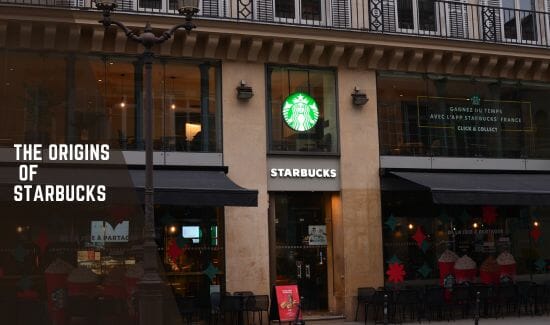
When it comes to indulging in a comforting cup of hot chocolate, especially from a popular and widespread chain like Starbucks, the query about gluten content can be a crucial consideration for individuals with gluten sensitivities or celiac disease. Starbucks offers a variety of delightful beverages, including their renowned hot chocolate. However, ensuring the safety of consuming their hot chocolate without encountering gluten-related issues requires a more in-depth understanding.
Starbucks’ Hot Chocolate: Unveiling Gluten Information
Starbucks takes great care in providing detailed information about the ingredients in their offerings, and this applies to their hot chocolate as well. Understanding whether Starbucks’ hot chocolate is gluten-free involves examining the specific ingredients used in the preparation.
The primary components of Starbucks’ classic hot chocolate include milk, sugar, cocoa powder, whipped cream (optional), and chocolate syrup. Each of these elements plays a crucial role in defining the overall taste and texture of their hot chocolate delight. Fortunately, the core ingredients—milk, sugar, cocoa powder, and chocolate syrup—are generally considered gluten-free.
However, it’s essential to note that some potential sources of gluten could be present in the preparation process. Cross-contamination might occur during the handling of various ingredients or equipment. While Starbucks doesn’t directly add gluten to its classic hot chocolate recipe, the risk of cross-contact exists, primarily in shared preparation areas.
Starbucks’ Gluten Handling Protocols
Starbucks has an inclusive approach to sharing information regarding allergens and dietary restrictions, making it easier for customers to make informed choices. The company has provided allergen guides that detail the potential presence of major allergens in their products. These guides can be accessed in-store or on the Starbucks official website.
Understanding Starbucks’ commitment to allergen safety involves recognizing their efforts in training their staff. Employees undergo training to handle allergens, emphasizing the importance of preventing cross-contamination. However, the risk of cross-contact still remains due to the shared environment where gluten-containing products are also prepared.
Certifications and Testing
Starbucks’ hot chocolate itself does not hold a specific gluten-free certification. This absence of certification does not inherently indicate the presence of gluten in the product but rather points to the possibility of cross-contact during the preparation process.
It’s worth mentioning that Starbucks engages in routine testing and quality control measures to maintain their product standards. However, the specific tests for gluten content might not be explicitly conducted for their hot chocolate. The lack of a dedicated certification or testing solely for gluten content might leave uncertainties for individuals with severe gluten sensitivities.
Navigating Your Gluten Concerns at Starbucks
For individuals highly sensitive to gluten, navigating the options at Starbucks requires a vigilant approach. Here are a few strategies to consider when ordering a hot chocolate or any beverage at Starbucks:
1. Communication is Key: When placing an order, clearly communicate your dietary needs and concerns to the barista. Requesting extra care in handling your beverage may reduce the risk of cross-contact.
2. Explore Alternative Options: Starbucks offers a range of beverages that might align better with your dietary restrictions. Exploring alternative choices, such as plain coffee or tea, might be a safer option for individuals highly sensitive to gluten.
3. Check the Allergen Guide: Utilize the allergen guide provided by Starbucks to identify and understand the potential risks associated with various products.
Conclusion
In conclusion, while the core ingredients in Starbucks’ hot chocolate appear to be gluten-free, the risk of cross-contact with gluten in their preparation areas must be acknowledged. Starbucks has measures in place to address allergen concerns, including gluten, but the shared environment poses a challenge for individuals with severe gluten sensitivities.
Individuals with celiac disease or extreme gluten sensitivities should exercise caution and consider the potential risks before indulging in Starbucks’ hot chocolate. Engaging in open communication with the staff and exploring alternative options may enhance the experience of enjoying beverages at Starbucks while adhering to gluten-free requirements.

As a dedicated blogger, I share insights, tips, and knowledge on all things caffeinated and beyond. I firmly believe that a well-brewed cup of coffee or a skillfully crafted cocktail has the power to unite people and ignite engaging conversations.


